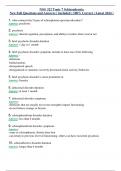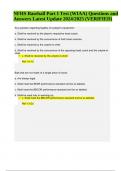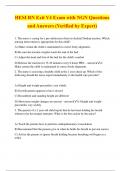Samenvatting
Summary of all articles and lectures for MOT2421 Emerging and Breakthrough Technologies
- Instelling
- Technische Universiteit Delft (TU Delft)
Summary of all articles and lectures for MOT2421 Emerging and Breakthrough Technologies
[Meer zien]













